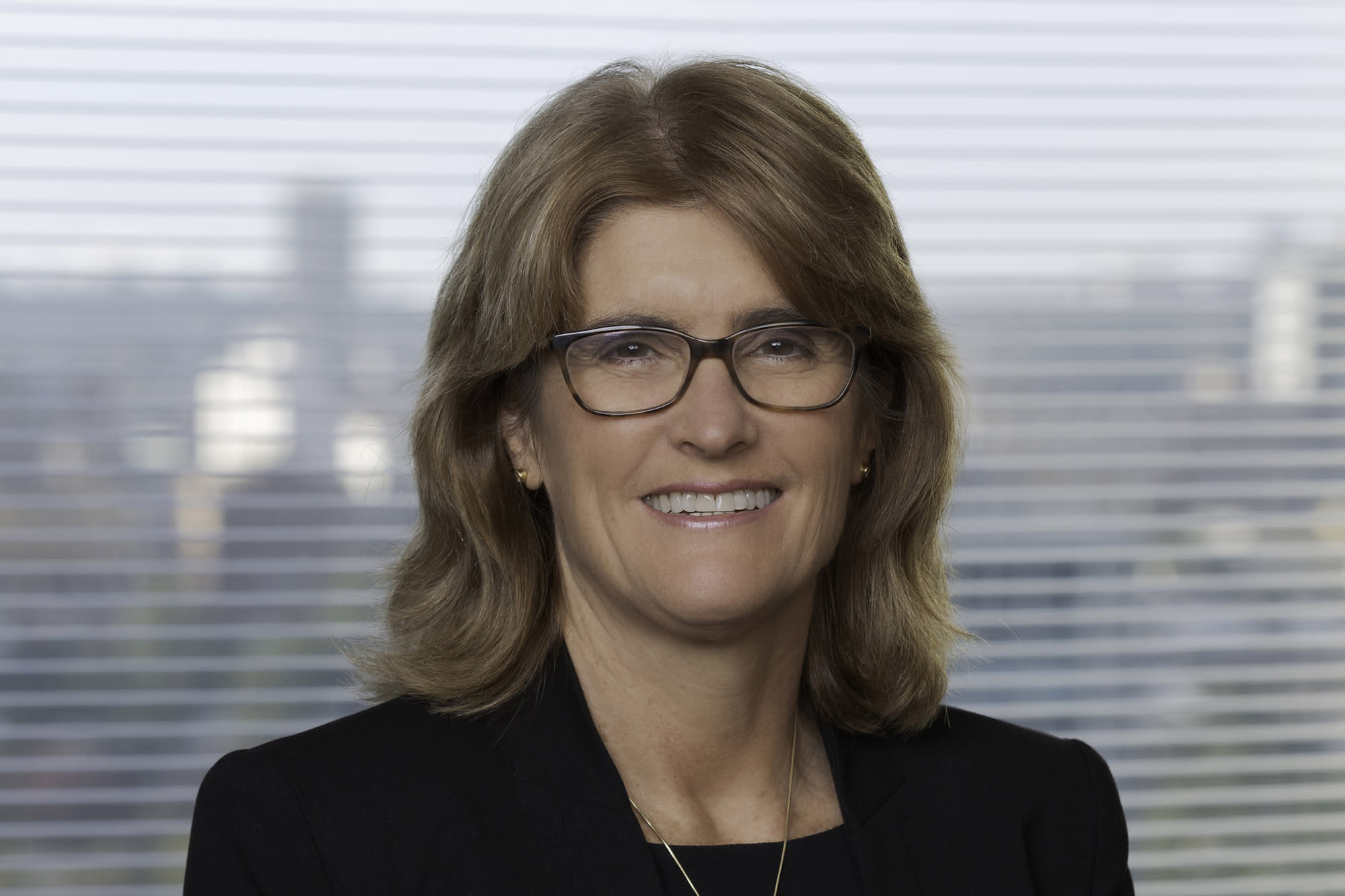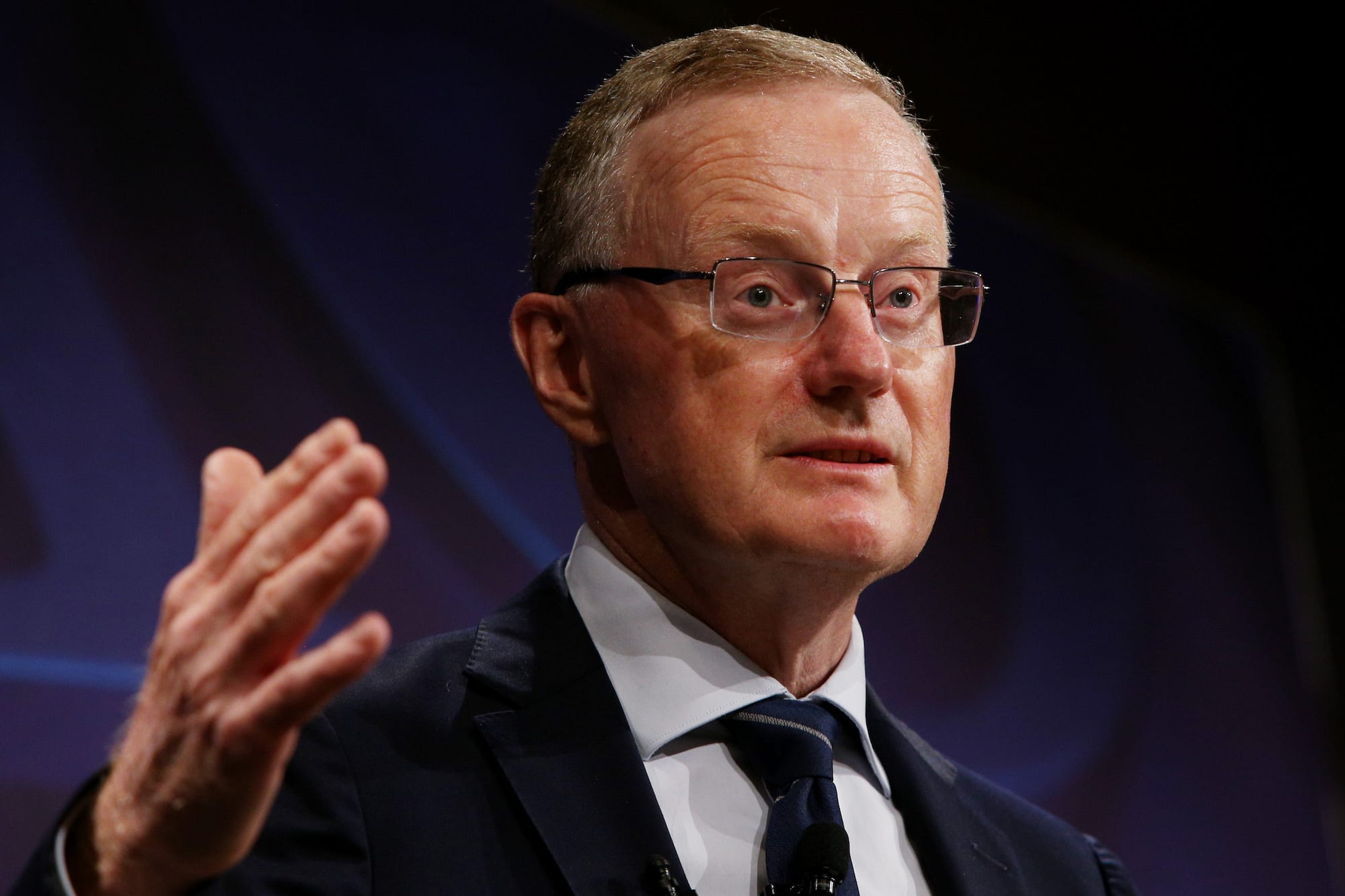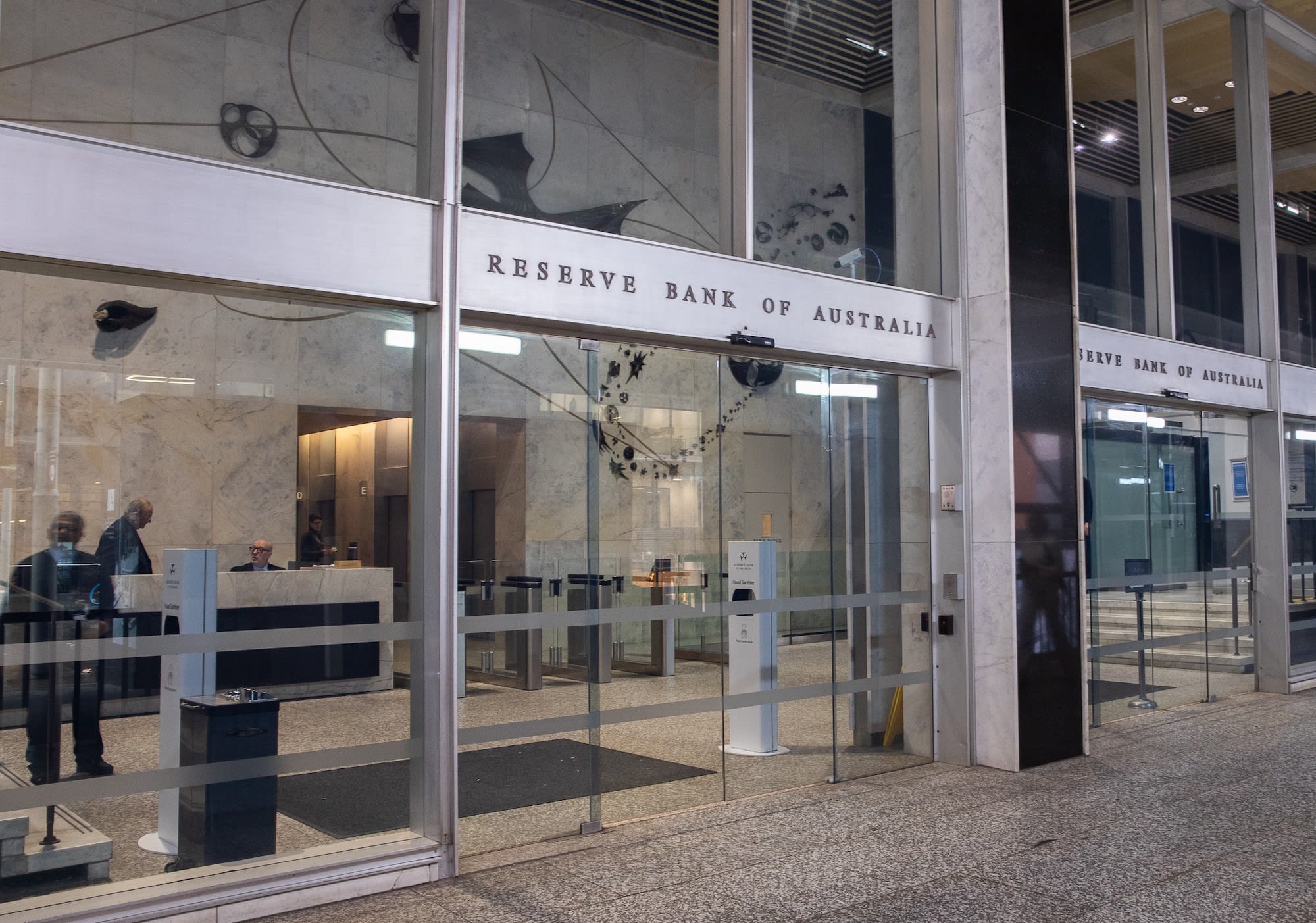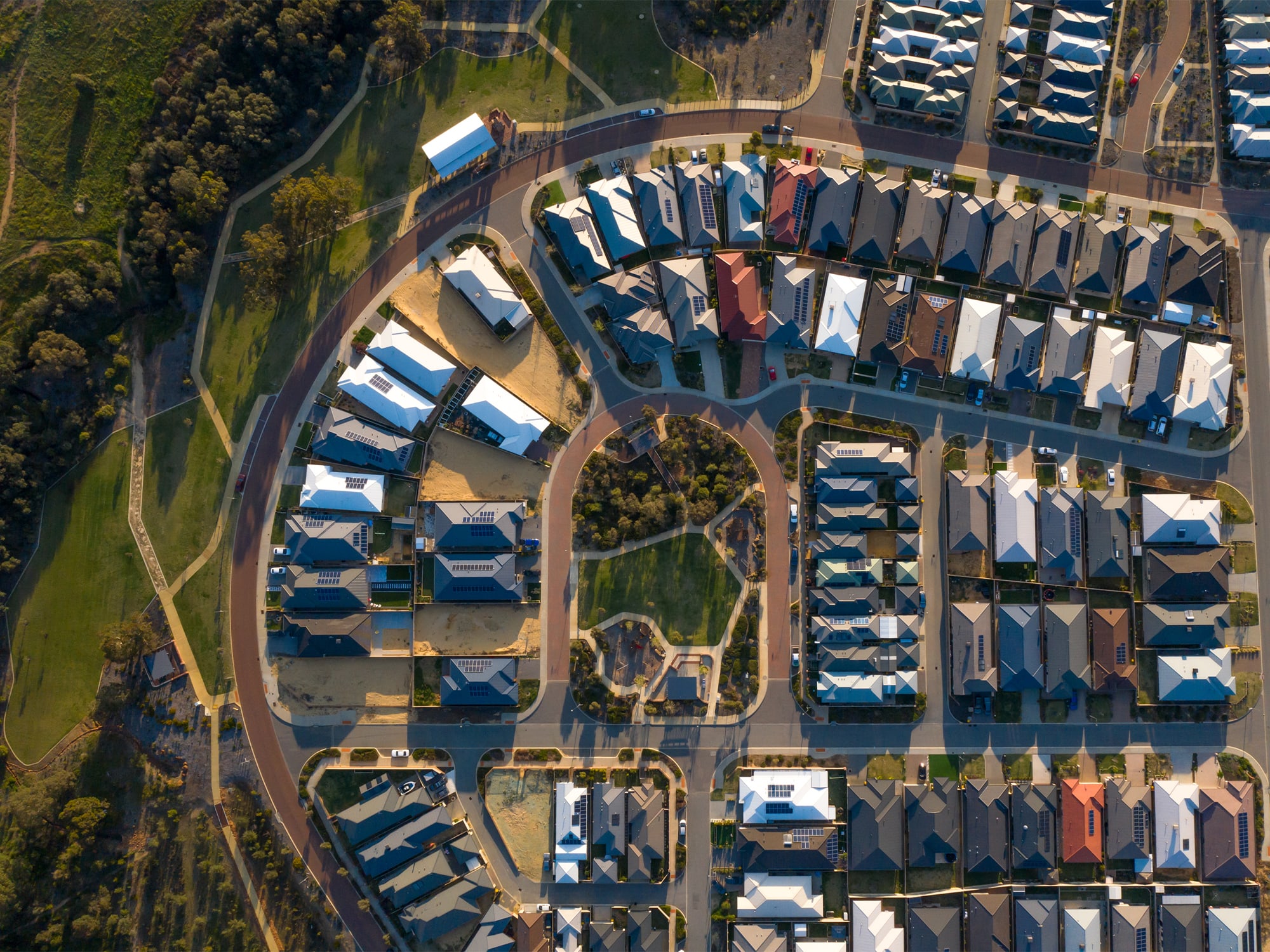Why the RBA shakeup matters for your mortgage
For borrowers, that could mean larger interest rate moves become more common, according to AMP deputy chief economist Diana Mousina.
"So fewer interest rate decisions, but potentially larger moves to those decisions," she said.
"We see that in other countries where they have less frequent meetings, like the US, where they can hike by 50, or 75 basis points in one month."

Michele Bullock will become the ninth governor of the Reserve Bank of Australia. Picture: RBA
Prime Minister Anthony Albanese and Treasurer Jim Chalmers on Friday announced RBA governor Philip Lowe’s term will not be extended, with current deputy governor Michele Bullock to take over the top role from 18 September.
“Michele Bullock is the person best placed to take the Reserve Bank into the future,” Treasurer Chalmers said.
“Michele is an outstanding economist, but also an accomplished and respected leader. Her appointment best combines experience and expertise with a fresh leadership perspective at the Reserve Bank as well.”
Ms Bullock has worked at the RBA for almost four decades, being promoted to deputy governor in 2022 following the shock resignation of Guy Debelle, who was previously slated to become the next RBA governor.
Ms Bullock was speculated to be in the running along with two other external candidates, Treasury secretary Steven Kennedy and Finance Department secretary Jenny Wilkinson.
"There's a lot of uncertainty. We don't know if inflation will come down sustainably, and there is still this need to finish the job. Michele Bullock is right for that because she's worked at the RBA for so long," Ms Mousina said.
"She knows how the board works and she understands the processes within that, and an outsider would take more time to understand all those things."

Michele Bullock will take over from RBA governor Philip Lowe in September. Picture: Getty
Mr Lowe is the first RBA governor since 1996 to not have his term extended beyond seven years. Glenn Stevens and Ian Macfarlane each served as RBA governor for 10 years, between 1996 and 2016.
“Of the eight governors who have served to this point, five of them haven't had their term extended, so extending a governor's term has been, in historical terms, the exception rather than the rule,” Dr Chalmers said.
Mr Lowe faced heavy criticism over his communication during the pandemic, when he told borrowers the official cash rate was not expected to rise from a record low of 0.1% before 2024 at the earliest.
But soaring inflation instead forced the RBA to increase interest rates 12 times in 13 months – a ratio that will never be repeated under the slimmed down meeting schedule.
The RBA held interest rates steady in July at 4.1%, but left the door open to further rate hikes.
The long-anticipated announcement comes days after Mr Lowe outlined several changes the RBA would implement following a review into the central bank.
RBA shakeup: what’s been announced
In her role as governor, Ms Bullock faces significant changes to the current way the RBA functions and makes interest rate decisions.
The findings of the first independent review into the RBA in decades, released in April, put forward 51 recommendations including the creation of two boards, greater transparency over interest rate decisions and improved forecasting and modelling capabilities.

An independent review into the RBA recommended fewer meetings on interest rates and greater transparency over each decision. Picture: Getty
In a speech on Wednesday, outgoing governor Lowe said the board has been working through the recommendations and would implement several changes from next year.
From February, the RBA board will meet on interest rates eight times a year, down from 11 currently.
Meetings will also be longer, stretching over two days, while internal staff meetings will give board members access to a broader range of staff for feedback and insights.
The governor will be forced to publicly justify interest rate decisions on the day, with a media conference to follow each board meeting. This brings it into line with other global central banks such as the US Federal Reserve, Bank of England and European Central Bank.
“The less frequent and longer meetings will provide more time for the Board to examine issues in detail and to have deeper discussions on monetary policy strategy, alternative policy options and risks, as well as on communication,” Mr Lowe said.
“And the post-meeting media conferences will provide a timely opportunity to explain the Board’s decisions and to answer questions. This will complement our existing communications, including through speeches with Q&A.”
Other recommendations, such as establishing two separate RBA boards – one for monetary policy, and one overseeing operations and governance – will need to be passed through parliament.
Some of the more controversial measures, like publishing an unattributed vote count on rate decisions, and having board members regularly discuss monetary policy decisions and thinking in public, will be delayed until the new board is up and running.
What it means for borrowers
While most of the reforms are limited to the internal processes and functioning of the RBA, Ms Mousina says it also matters for households.
Fewer meetings could mean fewer interest rate decisions, but she says it could also make the bank less agile and mean larger moves become more common.

Households will face fewer interest rate announcements each year, but could experience larger moves more regularly. Picture: Getty
The review wants board members to make regular public appearances, and recommended changes to the way the board is structured, and the voting process, which Ms Mousina says could confuse the message for households.
"The problem is that when you have such an uncertain cycle, like we're at the moment, people can have very different views on things. For example, a lot of people think that we will have inflation entrenched for a long time," she explained.
"So when you have such a big spread of views the problem is that if you're voting individually, you can't really come to a coherent strategy about the future.
"And at this point in the cycle, and in this difficult cycle that we're in, I think it's really important to have a strategy because you need to communicate to households what you're going to be doing, you need to communicate to the markets what you're going to be doing."
But a regular press conference by the RBA governor following each interest rate decision should help to allay some of the speculation that happens when a rate move is announced.
The RBA's communication was a major focus of the RBA review, after the board issued what's known as forward guidance during the pandemic, repeatedly saying interest rates weren't expected to rise for years.
"I'm not convinced that the outcomes of the review are actually going to benefit the way that RBA works, and it's not going to benefit the everyday household that's impacted by the decisions," Ms Mousina said.
Rate cuts on the horizon
Until last year, many borrowers had never experienced an interest rate rise with the official cash rate either on hold or falling since 2010.
But rapidly rising inflation has seen the RBA raise the official cash rate from 0.1% in May 2022 to where it currently sits at 4.1% - the fastest pace of interest rate hikes since the late 1980s.
So far, that’s added more than $1,200 a month to mortgage repayments for an average borrower with $500,000 outstanding on their home loan, assuming their lender passed on each hike in full.
For a borrower with $1 million outstanding on their home loan, the rate hikes have added more than $2,400 to monthly repayments compared to before the RBA began raising rates.
Here’s approximately how much extra the rate hikes have cost borrowers so far:
| Mortgage size | May-22 | Jul-23 | Total increase |
| $500,000 | $2,070 | $3,280 | $1,209 |
| $750,000 | $3,106 | $4,919 | $1,814 |
| $1,000,000 | $4,141 | $6,559 | $2,418 |
Economists are projecting another one or two interest rate rises in the months ahead. CBA expects a terminal cash rate of 4.35%, while Westpac, NAB and ANZ see a higher peak at 4.6%.
Ms Mousina is also forecasting another two hikes, but says cuts are on the horizon.
"For 2024, we see about four rate cuts all up," she said. "We think the cash rate will peak at 4.6%, then we see interest rates back at about 3.65% by the end of next year."
"Our view is that 4.6% [cash rate] is not is not a sustainable longer term level of interest rates that households can sustain in Australia," she said.
PropTrack senior economist Paul Ryan says while more tightening is expected, rates are close to their peak.
“The RBA held the cash rate target steady in July,” he said. “The RBA judged that recent data on the labour market and inflation was in line with its expectations, and opted to wait for additional data on inflationary pressures and productivity growth, in particular.”
“So far, the housing market has shown remarkable resilience to sharply higher interest rates. Despite rates now at levels not seen since 2012, home prices increased further in June, and are up 2.3% over 2023 so far.”
“Forward indicators point to further home price growth in the months ahead. But continued higher interest rates remain a risk for the housing market. At some point, eroded borrowing capacities and weaker economic conditions brought about by higher interest rates may lead to price falls, as seen in 2022.”
Originally published at: https://www.realestate.com.au/news/why-the-rba-shakeup-matters-for-your-mortgage/



